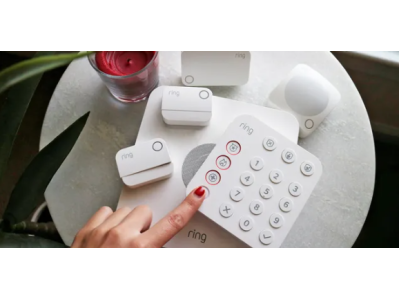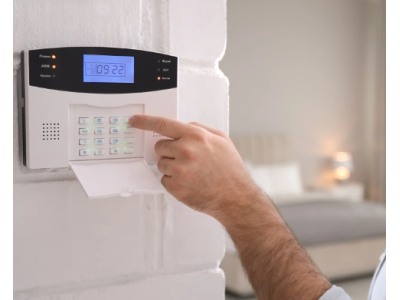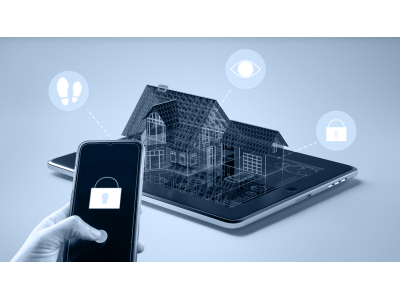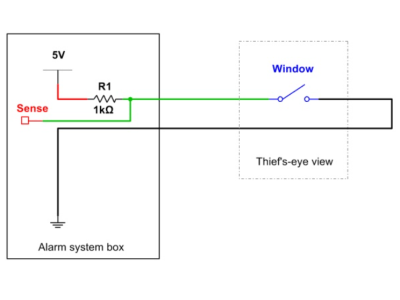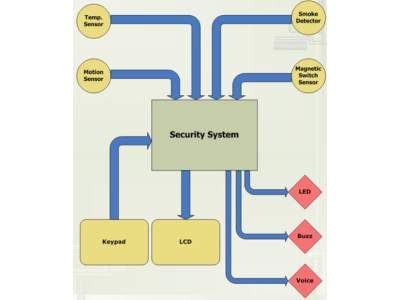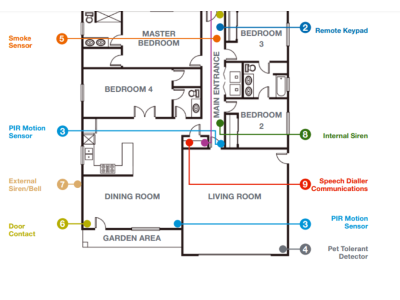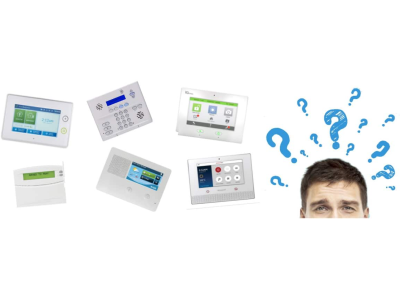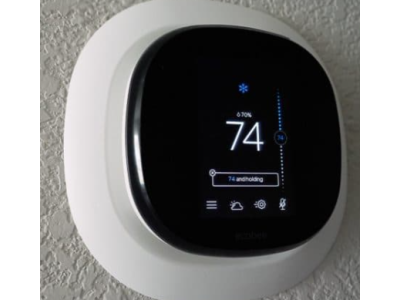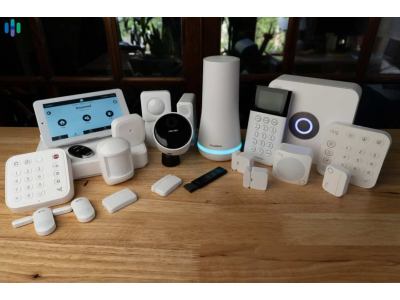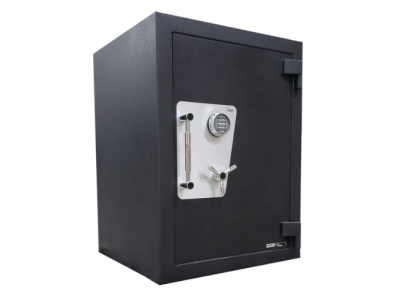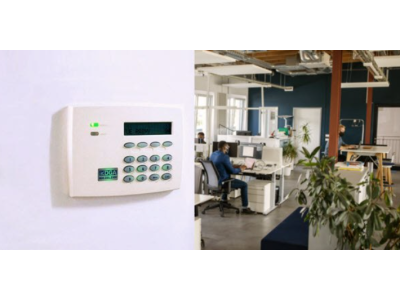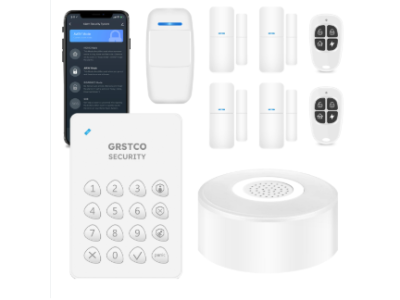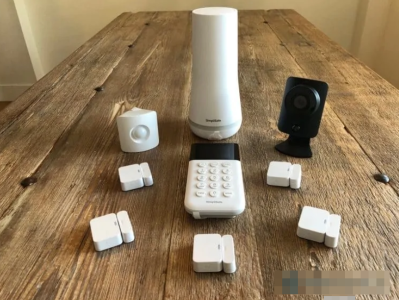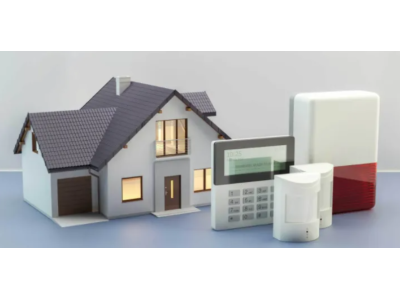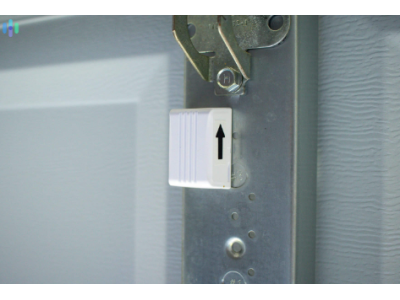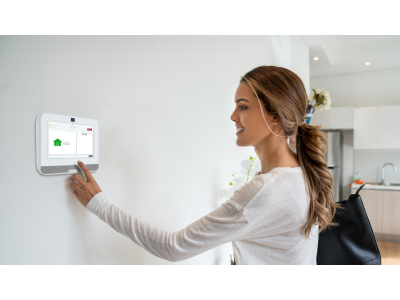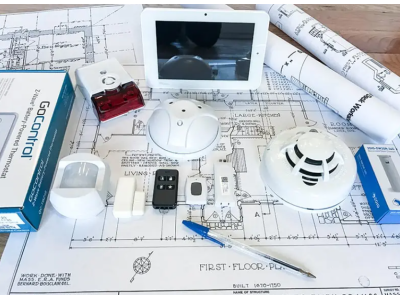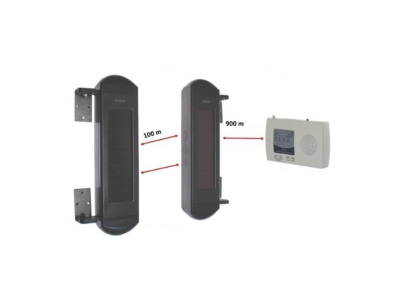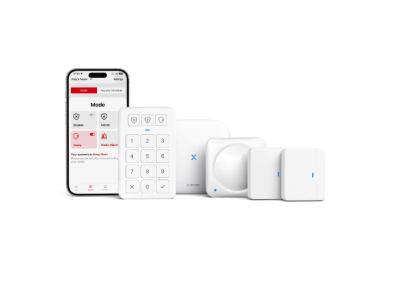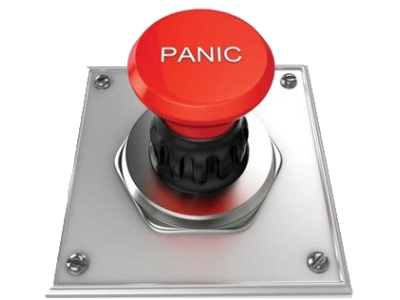
DIY Home Security Alarm Systems: A Practical Guide
Creating a home security alarm system may seem daunting, but breaking it into manageable steps simplifies the process. Whether you're looking for a basic setup or a more sophisticated solution, understanding the essentials can save you time and money.
Steps to Design and Install a Security System
1. Property Assessment
Before diving into installation, assess the property:
- Identify entry points like doors and windows.
- Decide whether to go for autonomous security or link it to a monitoring service.
For basic setups, focus on ground-floor windows and main doors. Advanced systems may include motion sensors and perimeter protection.
2. Planning and Design
Draft a simple layout that includes:
- Sensor Placement: Highlight windows, doors, and high-traffic areas.
- Control Panel Location: Central yet discreet placement for easy access.
If the system integrates with GSM modules for mobile alerts, ensure strong signal reception at the control panel location.
3. Installation Essentials
Start with these basic components:
- Motion Sensors: Affordable and effective, these detect unauthorized movement.
- Magnetic Contacts: Ideal for windows and doors, these signal when they're opened.
- Control Unit: The brain of the system, managing alerts and connections.
- Siren or Alarm: Alerts nearby residents or deters intruders.
For a small property, a single control panel and a few sensors might suffice.
Wired vs. Wireless Security Systems
Wired Systems:
- More affordable initially.
- Ideal for new constructions or renovations.
- Requires careful cable management.
Wireless Systems:
- Flexible and easy to install.
- Great for retrofitting or temporary setups.
- Slightly more expensive upfront.
Simple Security for Beginners
For those new to DIY security, start small:
- Install a motion sensor in each room.
- Link all sensors to a single control panel.
- Add a GSM module for remote alerts via text or call.
For instance, a basic wired system might cost as little as $50 per room, including a control unit and siren.
Common Pitfalls and Quick Fixes
- Overlooking Entry Points: Double-check windows, especially in basements.
- Ignoring Power Needs: Use backup batteries to keep the system operational during outages.
- Complex Systems for Small Properties: Keep it simple to avoid unnecessary costs and complications.
Budget-Friendly Alarm Systems
An affordable wired alarm system might include:
- Motion Detectors: $10 each.
- Control Panel: $50.
- Basic Siren: $15.
- Wiring and Connectors: $20.
For wireless setups, expect higher initial costs but savings on installation time.
Why Choose DIY Home Security?
- Cost Savings: Avoid hefty professional installation fees.
- Customizable Features: Tailor the system to your property’s layout.
- Satisfaction: Achieve peace of mind knowing you built it yourself.
Explore more on building efficient systems and finding equipment at competitive prices on trusted platforms like safsale.com.
Protect your home with a security system designed and installed by you. Safe, smart, and straightforward!
